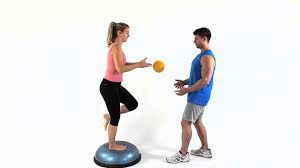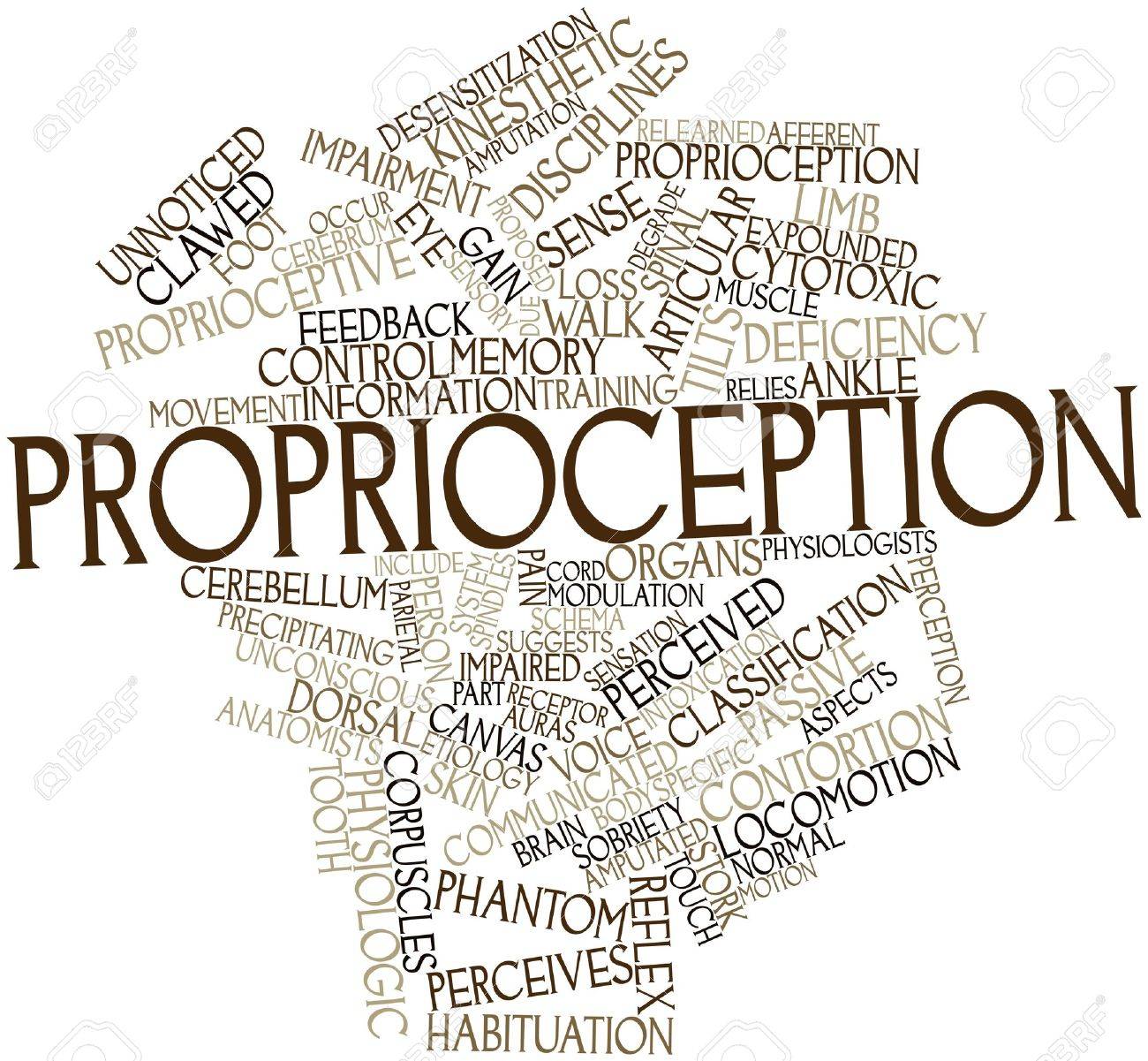- If after an injury you are still getting aches and pains in the joint.
- You struggle to get back to “normal” exercise.
- You’re not sure or confident in what you are doing to rehabilitate the injury.
- You get aches and pains in other parts of your body – quite often due to compensation.
- You’re limping even after a significant period of time.
- General lower leg stiffness.
What is proprioception?
It is defined as the sense of knowing where a body part is in space at any one time!
It is quite difficult to understand the concept behind this as this is a process that happens subconciously. It is only when you injure yourself specifically soft tissue that you can start to understand what proprioception is about. One of the most common soft tissue injuries that visibly affect proprioception is the ankle sprain which is due to the receptors in the ligament being affected.
So what can be done to improve proprioception after an ankle injury?
After the initial phase of an injury where RICE (Rest Ice Compression and Elevation – see my other blogs about this) combined with pain medication (ibuprufen and paracetemol – always talk to your pharmacist) is the order of the idea then progressive exercises are ideal.
Most of the exercises I would provide involve balance exercises and then adding in instability as required.
So, to start with, standing on one while cleaning your teeth or standing at sink is sufficient. If you are concerned about falling due to being unable to maintain balance then make sure to begin with you’ve got something to hold onto and if you’re getting on a bit always hold onto something but do push yourself a little bit and remember if you don’t use it you lose it but it is never too late to do something about it.
As the balance improves and the strength in the ankle and your proprioception improves instability can be added e.g. Wobble Board or a Bosu Ball. And remember all these exercises can be done at home. At WBIC we will loan out wobble boards for a deposit.

After a while you can add distractions like throwing a ball or when standing on one leg on the floor, folding your arms and closing your eyes.
All of this will help in improving proprioception and also building strength.
But as well as proprioception exercises it is also improtant to ensure that the mobility of the ankle is also looked at. Getting treatment to ensure that muscles are kept loose and the muscles are strong enough to stabilise the ankles is also very important.
West Berkshire Injury Clinic can help in providing treatment, help and advise during the whole of the recovery period.
Just remember one thing, doing nothing for rehab is not the answer no matter your age.

